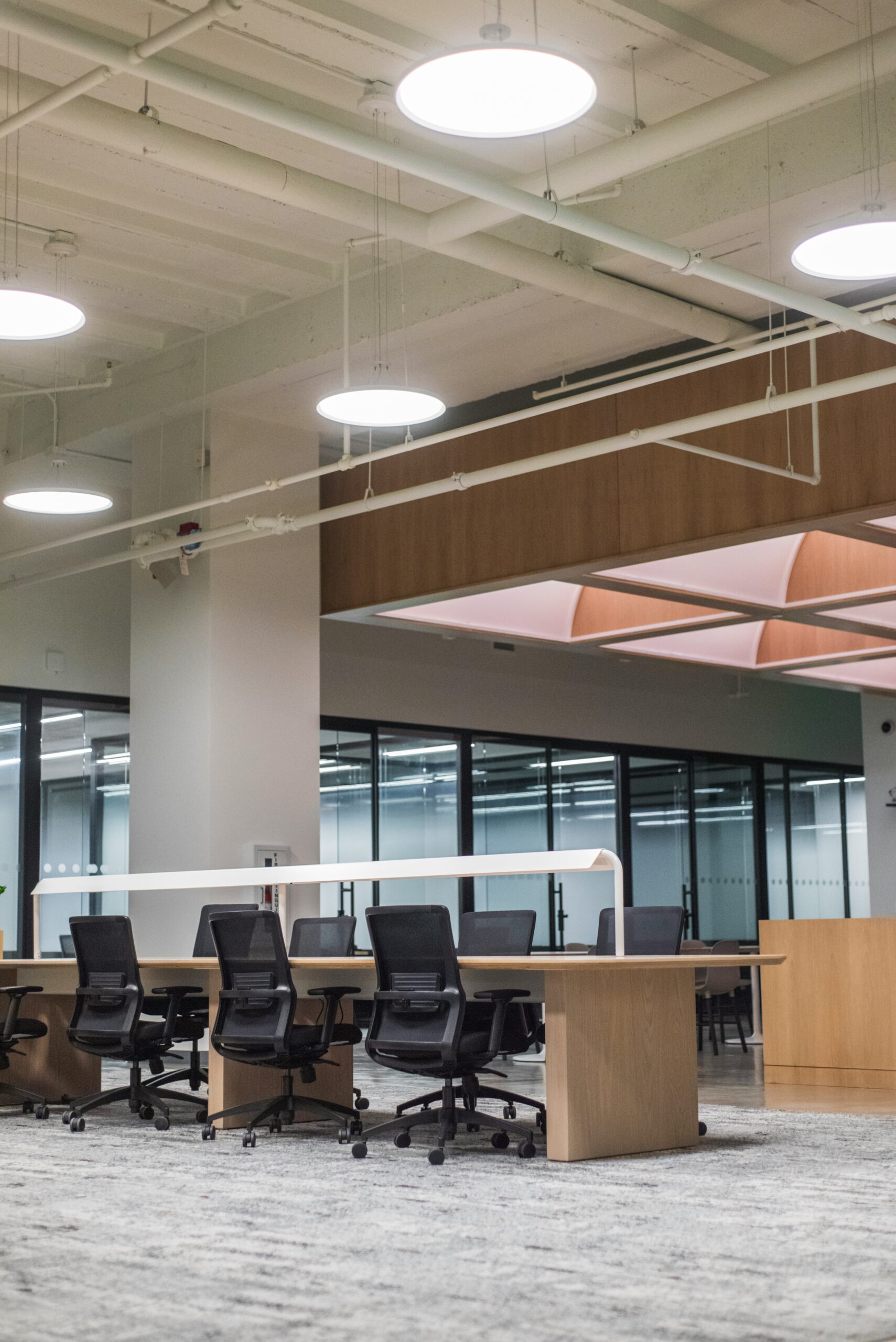By Ashley Fahey
A preference for the newest, so-called “trophy” office space has been frequently cited as a key driver of corporate decision-making when it comes to business sites, especially since the Covid-19 pandemic.
That preference may ultimately be less about which buildings offer the best fitness or conference centers and instead be more about where those buildings are located.
“This flight-to-quality narrative may be a bit played out at this point, or at least it seems to be used in an incorrect way by some,” said Thomas LaSalvia, head of commercial real estate economics at Moody’s Analytics Inc., during a forecast event last week.
“To me, this evolution in office is more about metros and neighborhoods — where buildings, regardless of class, are either going to do quite well over the next few years or they’re going to become obsolete,” LaSalvia said. “It really turns out that the old saying ‘location, location, location’ is still incredibly valuable, and maybe more than ever in this asset class, as we move toward employees wanting to be in vibrant neighborhoods, where there actually are amenities even outside of what that Class A building can provide.”
In a follow-up email, LaSalvia said no large-scale study has been done to underscore a flight-to-neighborhood preference versus tenants picking the newest or most amenitized buildings in a market independent of location. But he cited the Penn Station submarket in Manhattan — which includes the massive Hudson Yards mixed-use development and district — as an example of the trend.
Compared to other submarkets like Midtown South, Midtown West and South Broadway, the Penn Station submarket is outperforming on effective rent — with a year-over-year gain of 6.5% compared to 3.6% or less in six other Manhattan office submarkets, according to Moody’s. It has a vacancy rate of 9.4% compared to double-digit vacancy in other nearby submarkets, and had positive absorption of more than 2 million square feet in 2023, according to LaSalvia.
San Francisco-based Wells Fargo & Co. is among the companies that have expanded their office footprint at Hudson Yards.
Market dynamics impact office-space decisions
Many of the newest buildings in a given office market are being developed or are finishing construction in the most desirable neighborhoods, which may mean, in some cases, the flight-to-quality and flight-to-neighborhood trend look one and the same.
But the picture likely is more nuanced than that and may ultimately hinge on the dynamics of a specific municipality or submarket.
A recent report by Commercial Edge, part of Yardi Systems Inc., found average office rental rates for Class A and A-plus space decreased by 2% between January 2023 and January 2024, to $45.78 per square foot. At the same time, Class B office rates edged up 0.4%, to $30.22 per square foot, while Class C properties saw an increase of 5.7%, to $23.23 year-over-year.
In that same time period, rents at suburban office properties increased 0.3%, to $30.56 per square foot, on an annual basis. Rents for Central Business District office spaces dropped 7.3%, to $47.70 per square foot, while rates at urban offices fell 0.5%, to $43.53 per square foot year-over-year, according to Commercial Edge.
Further, a recent analysis by commercial real estate data company CompStak Inc. found effective rents for New York’s “prime” Class A office space — considered to be new construction, trophy space or a property that was recently renovated — are up from 2019 on the whole but dipped in the past two quarters. Effective rents for that so-called prime Class A office space are up 18.8% from the 2019 quarterly average, compared to 2023 levels.
Experts focused on both the office market and the revitalization of downtowns say companies today want to be in specific neighborhoods, and those locations are less likely to be a traditional financial district or office-dominant Central Business District than in years past.
Some city and economic-development officials are abandoning the term CBD altogether in favor of emphasizing a diversity of uses and draws to the urban core instead.


